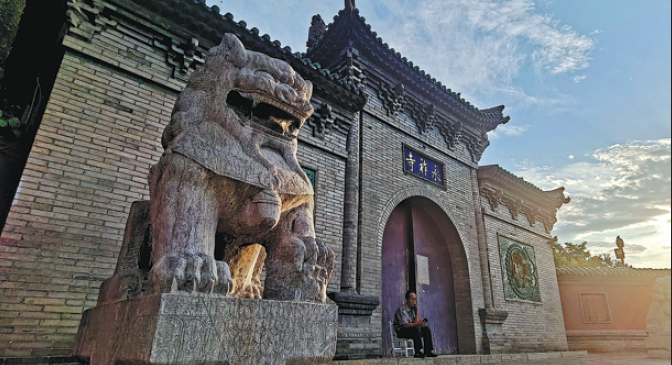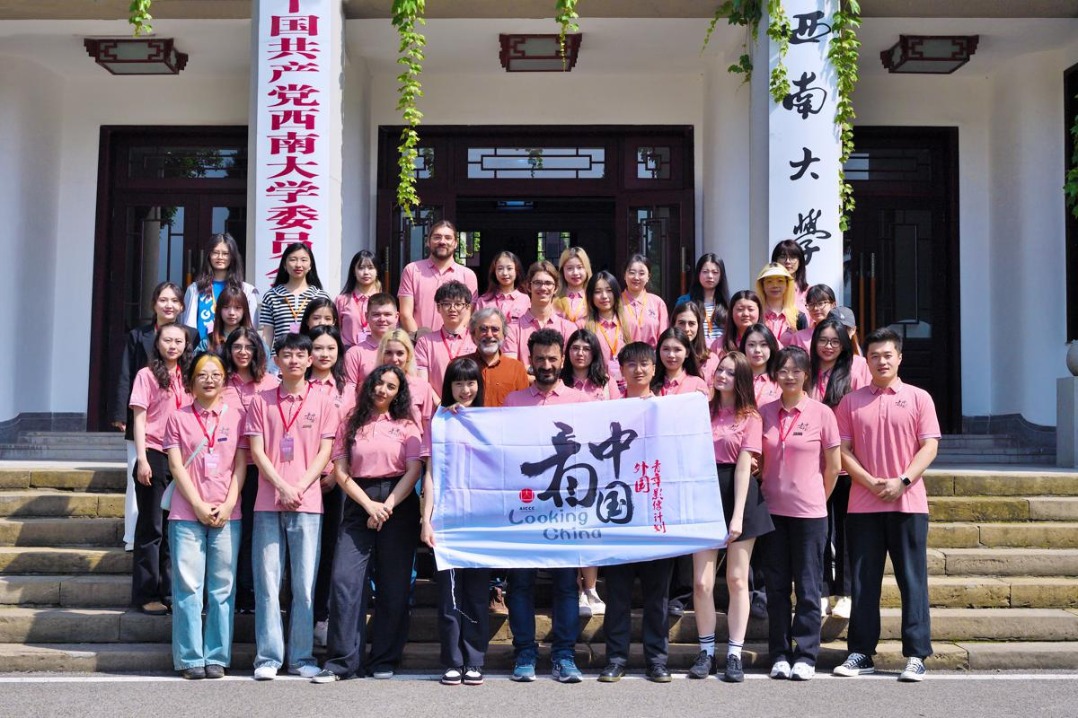Double pagodas of Taiyuan standing tall 400 years on


Miaofeng died before the entire project was completed. Xuanwen Pagoda and other structures were completed in the early Qing Dynasty.
"Xuanwen is slightly higher than the Peak of Culture," Lu said, adding that this pagoda has a great significance among Buddhists.
The pagoda is also called the Sarira Pagoda as it houses the sarira of Sakyamuni. Sarira are the bone relics after the cremation of Buddha or saintly monks, Lu explained.
"Xuanwen was partly destroyed during a war in the 1940s and it was restored in 1984," Lu said.
The lower garden is home to the majority of ancient structures. And among the structures, the beamless hall is the most prominent, according to the official.
"Relics of earlier beamless halls were mostly discovered in the underground parts of ancient mausoleums and tombs.
"Such structures began to emerge on the ground in the Ming Dynasty with the development of architecture techniques," Lu said.
The beamless hall in Yongzuo was designed by Miaofeng.
"All the structures to support the entire hall were made of bricks. However, the brick columns and dougong brackets were all made in the shape of wooden structures, showing the high level of techniques and aesthetic taste of the times," Lu said.
In addition to the brick structure, she said the colored statues of bodhisattvas in the hall are also worth close study as they are representative of Ming Dynasty sculpture.
The temple is also famous for its centuries-old peonies.
The most renowned variety of peony at the Double Pagodas Temple is called the "purple cloud fairy", which is said to have a history of more than 300 years.
Purple cloud fairy peony flowers are mostly located in front of the main hall of the temple.
The temple has more than 30 other varieties of flowers. The number of peony trees there totals 6,000.
The temple's collection of more than 260 stone tablets with inscriptions of renowned calligraphic works from the past millennium is a must-see attraction for calligraphy enthusiasts, according to Lu.
Li Yali contributed to this story.
- Aging population forces rethink on family duties, healthcare
- Xi's Europe visit expected to bolster ties
- Auto leaders optimistic as Anhui emerges as industry hub
- Shanghai boosts services for inbound travelers
- China's Longli River Bridge: a marvel of engineering
- Visually impaired programmer revolutionizes braille translation in Xizang





































